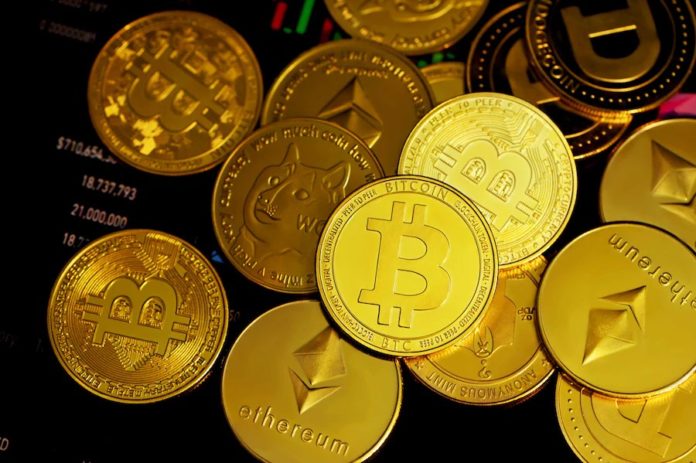Ravi Menon, the Managing Director of the Monetary Authority of Singapore (MAS), has recently underscored the noticeable transformation in the monetary landscape, highlighting central bank digital currencies (CBDCs), tokenized bank liabilities, and regulated stablecoins emerging as key components.
Speaking at a Hong Kong Monetary Authority-Bank for International Settlements event, Menon provided insights into the future of monetary systems, focusing on the evolution and impact of various digital currencies.
Central Bank Digital Currencies Gaining Momentum
During this event, Menon pointed out the shortcomings of ‘private digital coins,’ noting their inability to maintain value consistently.
The Managing Director of the MAS mainly argued that such currencies have “miserably failed the test of money,” as they are rarely used for savings but more for making a “quick buck”
His assertion suggests a growing skepticism towards private cryptocurrencies from regulators and other institutions, highlighting their instability and unpredictability as major drawbacks. Menon noted:
Private cryptocurrencies which are native digital tokens don’t meet that test, so I think that they will eventually leave the scene.
The future of digital currencies, according to Menon, lies in “well-regulated stablecoins” and CBDCs. Menon emphasized that regulators lean towards stablecoins backed by “high-quality government securities or cash.” Such stablecoins, Menon noted, could function like “narrow money,” offering the added advantage of tokenization for “innovative applications.”
A Contrarian View: The Ongoing Relevance Of Private Crypto
While Ravi Menon forecasts a future monetary system dominated by regulated digital currencies, an opposing viewpoint underscores the lasting relevance of private, decentralized cryptocurrencies.
Private cryptocurrencies, such as Bitcoin and Ethereum, differ fundamentally from CBDCs. While CBDCs are digital equivalents of fiat currencies, controlled and regulated by national central banks, crypto operates on decentralized blockchain technology.
This framework ensures secure, transparent transactions without centralized oversight, offering a different value proposition from government-regulated digital currencies.
Despite skepticism in some sectors, the growing institutional adoption and increasing global recognition of crypto signal their rising importance in the financial ecosystem.
Notably, major institutional investors and even some nations are increasingly embracing these digital assets, suggesting a broader acceptance and potential future utility.
For instance, the US Securities and Exchange Commission (SEC) reviews multiple spot Bitcoin ETF applications from renowned financial institutions, including BlackRock, the world’s largest asset manager. This indicates a growing interest in and legitimizing crypto within established financial systems.
Furthermore, countries like El Salvador are taking significant steps to integrate crypto into their educational curriculum by 2024, further evidencing the expanding influence of private digital currencies in global finance. Such developments highlight a growing trend toward recognizing the potential of crypto beyond speculation as an integral component of the future financial landscape.
Featured image from Unsplash, Chart from TradingView














